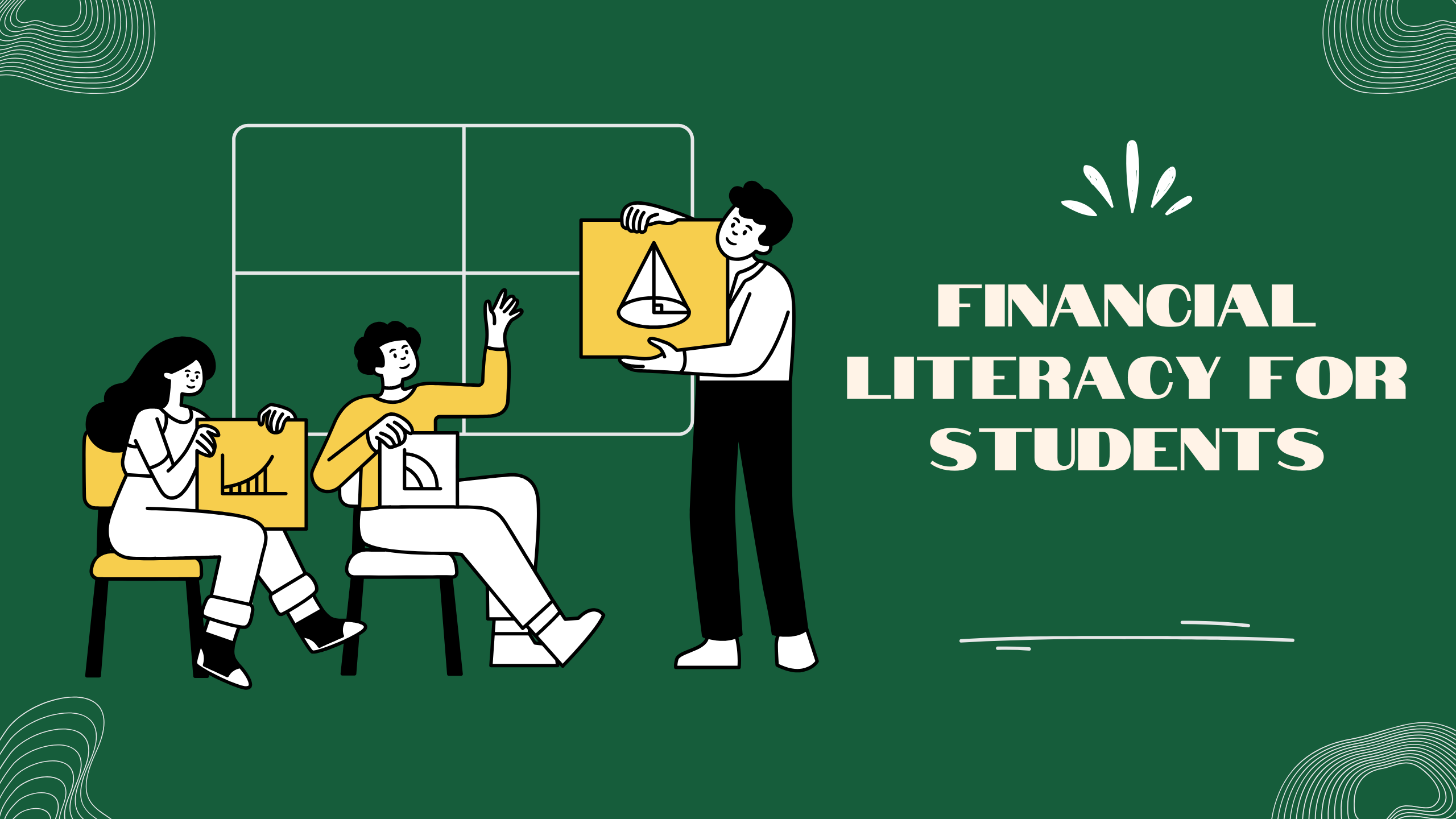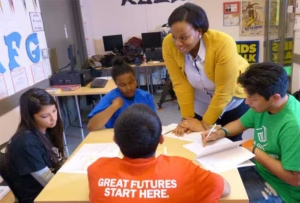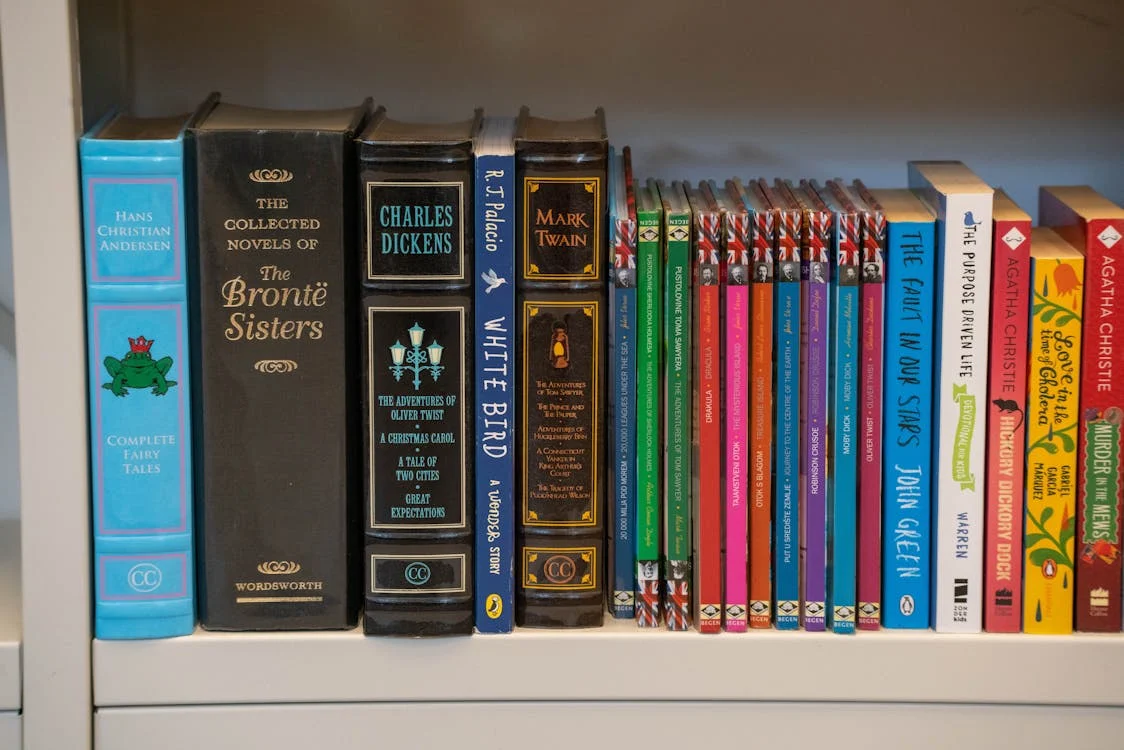
Financial Literacy for IB & IGCSE Students: A Parent’s Guide
In a world of online shopping, digital wallets, and instant gratification, teaching your child how to manage money is no longer optional — it’s essential. While IB and IGCSE curricula build academic excellence, financial literacy is a life skill that needs to be taught at home.
The good news? You don’t need to be a finance expert to help your child develop a healthy relationship with money. You just need a plan — and a bit of patience.
Why Start Early?

Financial habits begin forming as early as middle school. By the time students reach IB and IGCSE levels (Grades 9–12), they are:
- Making independent spending decisions
- Handling pocket money, allowances, or part-time income
- Planning for future expenses (university, travel, tech gadgets)
- Getting exposed to peer pressure and consumer culture
Teaching them how to budget, save, and spend wisely prepares them not only for university but for life.
What is Financial Literacy?

Financial literacy is more than math. It’s about:
- Understanding the value of money
- Learning to budget and save
- Making smart spending decisions
- Grasping basic concepts like interest, loans, and investments.
Think of it as emotional intelligence for money — helping your child manage their finances without anxiety or impulse.
How Parents Can Start Teaching Financial Literacy
1. Give an Allowance — With Boundaries

Start with a fixed monthly allowance in SGD or USD — even SGD $50 or USD $40 is enough.
Encourage them to divide it for:
- Daily expenses (snacks, school supplies, transport)
- Wants (streaming, outings, small splurges)
- Savings (for bigger items or emergencies)
Important: Don’t top up when they run out. Let them face natural consequences to learn planning and prioritisation.
2. Introduce Budgeting Tools
Use simple tools:
- A notebook
- Budgeting apps like Money Lover, GoHenry, Planner Bee or Spendee
- A shared Google Sheet to track monthly inflow and outflow
Watch how they spend, and gently discuss what worked and what didn’t each month.
3. Use the 50/30/20 Rule
Break income down into:
- 50% Needs (transport, food, basic school items)
- 30% Wants (entertainment, clothes, hobbies)
- 20% Savings or goals (future tech, travel, charity)
It’s a simple formula that keeps spending healthy and guilt-free.
4. Talk About Real Costs
Include them in conversations about:
- Monthly bills and how much groceries cost
- Why Wi-Fi isn’t “free”
- Budgeting for school trips, exam fees, or gadgets
IB/IGCSE bonus: This helps them connect financial awareness to subjects like Economics, Global Perspectives, and ToK.
5. Set Financial Goals Together
Help them set goals like:
- Save SGD $200 / USD $150 in 6 months for a new tablet
- Donate SGD $10 / USD $7 monthly to a cause they care about
- Budget SGD $25 / USD $20 for a friend’s birthday gift
Track their progress and celebrate milestones — even small wins matter.
6. Teach About Digital Spending
Teens today use:
- Google Pay, Apple Pay, or local equivalents
- Debit cards or prepaid student cards
- In-app purchases, subscriptions, and e-wallets
Help them:
- Read transaction history
- Unsubscribe from auto-renewals
- Spot scams and fake links
- Set monthly digital spending caps
7. Model Financial Responsibility
Kids learn more from what you do than what you say. Share:
- How you budget for family expenses
- Why you save for emergencies
- How you resist impulse spending
“Money talks” around the dinner table can be powerful.
Why It Matters for IB & IGCSE Students

- Teens in these programs are already planning for their futures. Financial literacy helps them:
- Reduce stress from unexpected expenses
- Make informed choices about study abroad and applications
- Understand global financial systems
- Link classroom theory to real-world application
- Plan effectively for CAS projects or university savings
Final Thought: Start Small, Stay Consistent

You don’t need to give formal lectures. Start with small, everyday lessons and let them take the lead. Let them make a few money mistakes — and learn from them.
Because teaching your child to manage SGD $100 / USD $75 today could prevent a crisis with SGD $10,000 / USD $7,500 tomorrow.
At Young Scholarz…
We don’t just prepare students for exams — we prepare them for life. Through personalised mentoring and a real-world approach to learning, we help IB and IGCSE students grow into confident, independent thinkers. Whether it’s scoring a 7 or learning how to budget, Young Scholarz is here to guide your child every step of the way.





